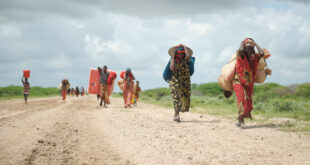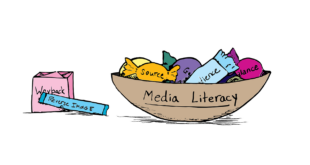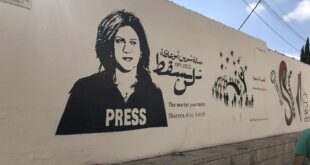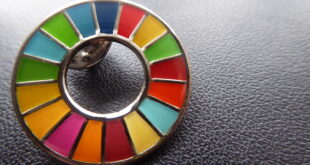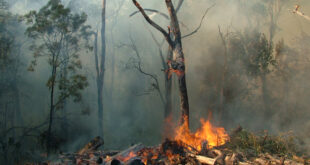Issue 36, Summer/Fall 2023 https://doi.org/10.70090/AT23ITAC Abstract For over five decades, scholars have examined depictions of women and men in advertising and media, including the analysis of stereotypes, cultural implications, and social consequences. This research aims to analyze the relationship between target audience characteristics, such as gender and socioeconomic class, and …
Read More »The Face of Arab Women in Cyber-Literature
Issue 36, Summer/Fall 2023 https://doi.org/10.70090/MF23FAWC Abstract This study examines the representation of Arab women in cyber literary works by employing the cyberfeminism criticism perspective. The cyber world in literary works provides capacity for public dialogue while also playing a role in constructing the identity and self-image of women who engage …
Read More »Counter-Narratives about Sub-Saharan Migrant Women in the Digital Public Sphere
Issue 35, winter/spring 2023 https://doi.org/10.70090/KO23CNSS Abstract This article looks at counter-narratives of sub-Saharan migrant women in the digital public sphere in Morocco. It aims to highlight the civic engagement of migrant social media activism. Whereas migration and media have been covered in other contexts, this study contributes to the debate …
Read More »Reporting on the New Citizen: Towards Constructive Forms of Reporting on Immigrants
Issue 35, winter/spring 2023 https://doi.org/10.70090/MEED23NC Abstract Research indicates that media reporting, particularly on immigrants, depicts them in a stereotypical image. This image is tied to the type of information and voices used in the stories which contribute to the poor quality of news reporting. A key issue driving these negative …
Read More »Crime News in a Loyalist Press Environment
Issue 35, winter/spring 2023 https://doi.org/10.70090/JG23CNLP Abstract Several laws regulate and influence reporting on crime in the United Arab Emirates, a country in which journalism functions within a Loyalist Press environment. These include elements in the 1980 press law and the recently updated penal code and cybercrimes laws. This legislation can …
Read More »Using Media Literacy Training to Promote the Detection of False Information Online: A Quasi-Experimental Study (Arabic)
Issue 35, winter/spring 2023 https://doi.org/10.70090/AZ23UMLT Scroll down for Arabic abstract. This study seeks to develop a training program to detect false electronic content based on two learning styles (simultaneous and asynchronous), with the aim of revealing the effectiveness of training in a digital learning environment, and its impact on the …
Read More »Hamas in Cyberspace: Social Media and Forms of Political Expression
Issue 35, winter/spring 2023 https://doi.org/10.70090/MA23HCSM Abstract This study examines the digital practices and online discourses of Hamas on Twitter, with a specific focus on the Palinfoen account linked to the Palestinian Information Centre (PIC). The study examines 3,500 tweets related to events in Palestine, which were either tweeted or retweeted …
Read More »Alternative Media and Investigative Journalism in Lebanon
Numerous alternative digital media outlets have been emerging recently in Lebanon in response to the country’s established traditional media that is highly partisan with editorial agendas often serving the Lebanese political and economic elites. Many of these outlets have been launched initially by independent researchers or civil society activists with …
Read More »Media Strategies for Promoting Sustainable Development Goals
Issue 34, summer/fall 2022 https://doi.org/10.70090/EOJE22MS Abstract The Agenda 2030 created a global commitment towards achieving the 17 Sustainable Development Goals. This paper examines the strategic communication process that the UN Global Compact Network Lebanon (GCNL) is implementing to foster and spread this mission among stakeholders through the scope of the …
Read More »User Interaction with Climate Change Visualizations on Social Media (Arabic)
Issue 34, summer/fall 2022 https://doi.org/10.70090/SM22UICC Scroll down for Arabic abstract. The present study aims to analyze the usage of pictures and other visual materials, including static or animated graphics, infographics, maps, and videos, in covering climate change issues on Instagram and Twitter. The study examines user interaction with this visual …
Read More » Arab Media & Society The Arab Media Hub
Arab Media & Society The Arab Media Hub


